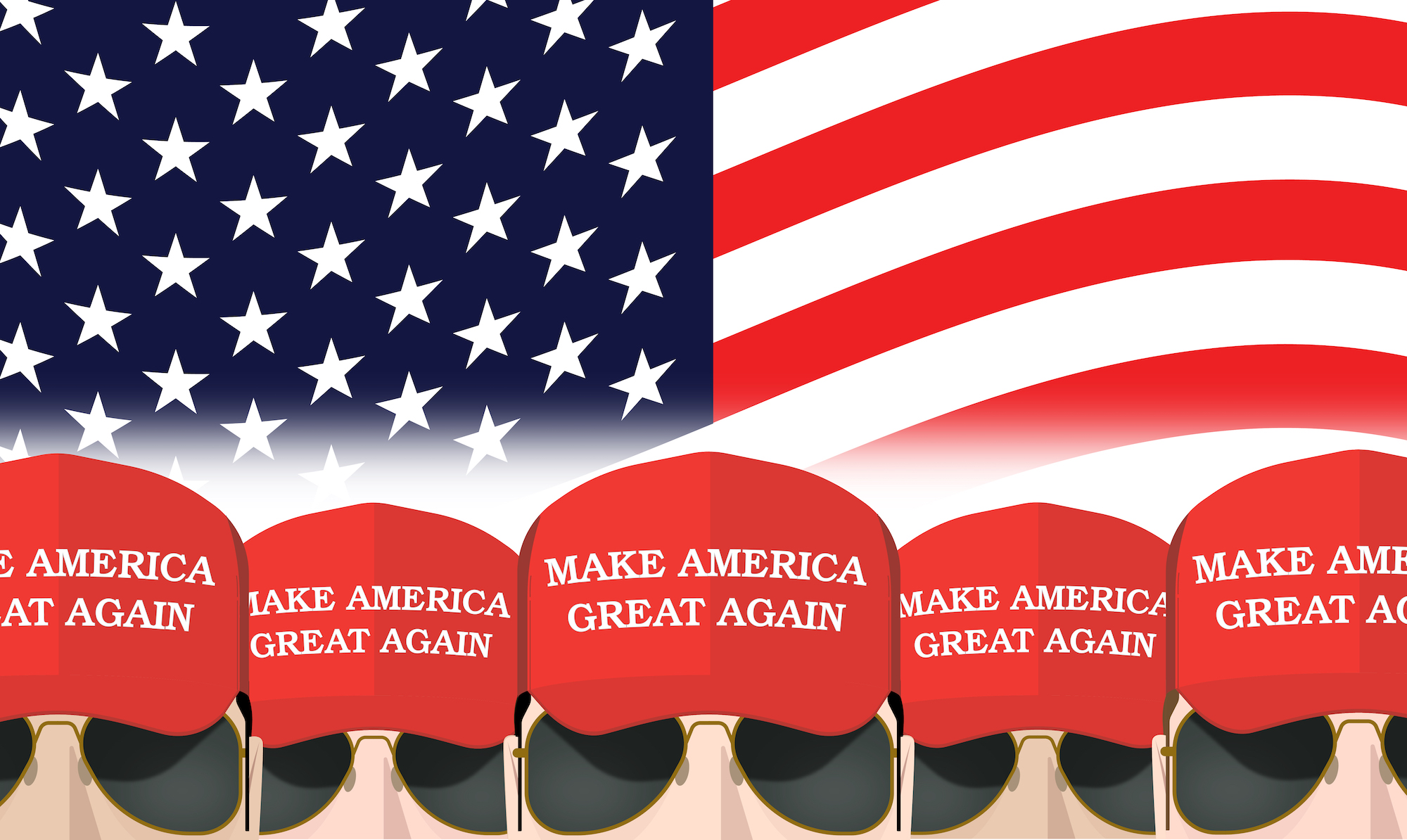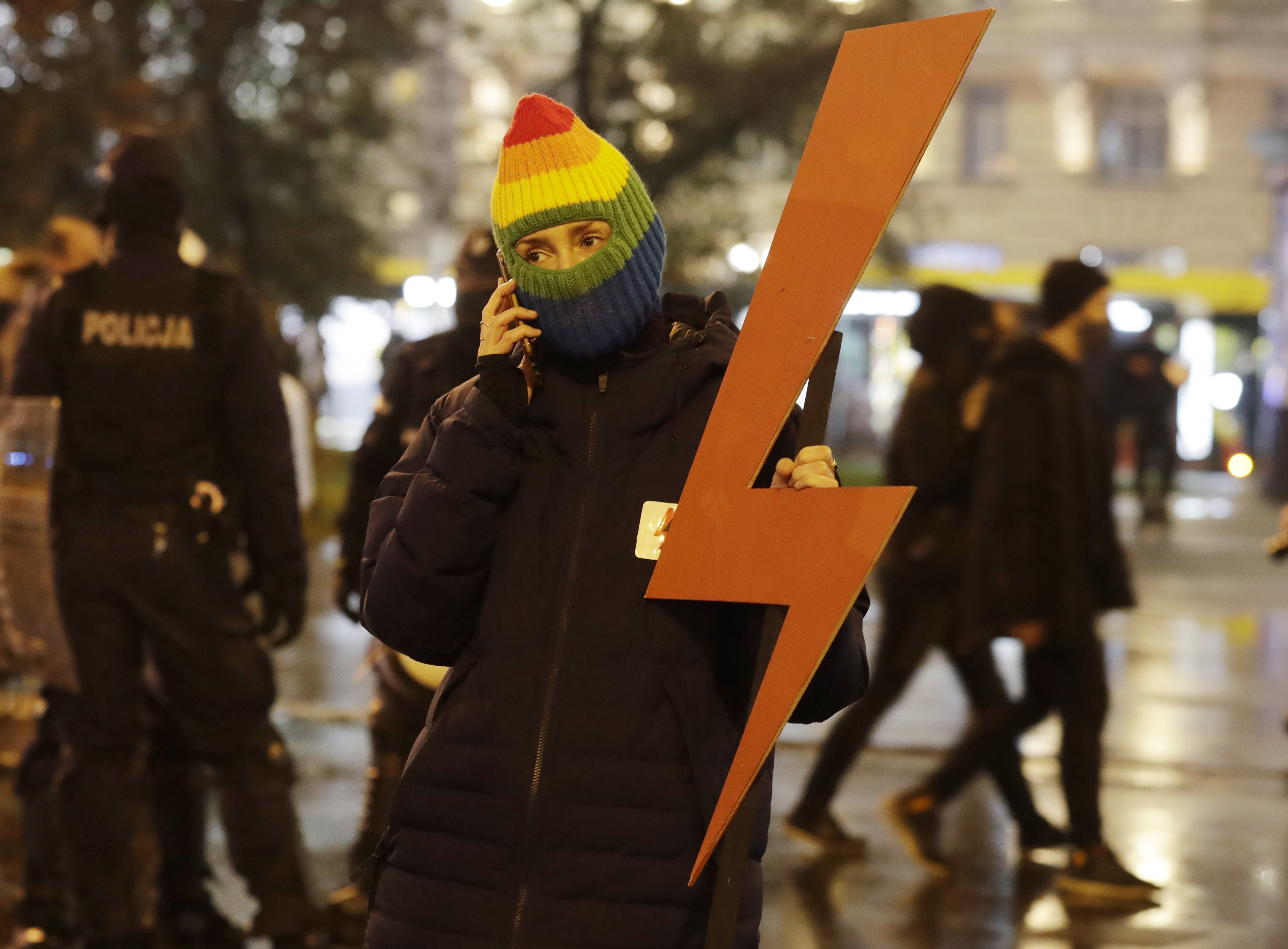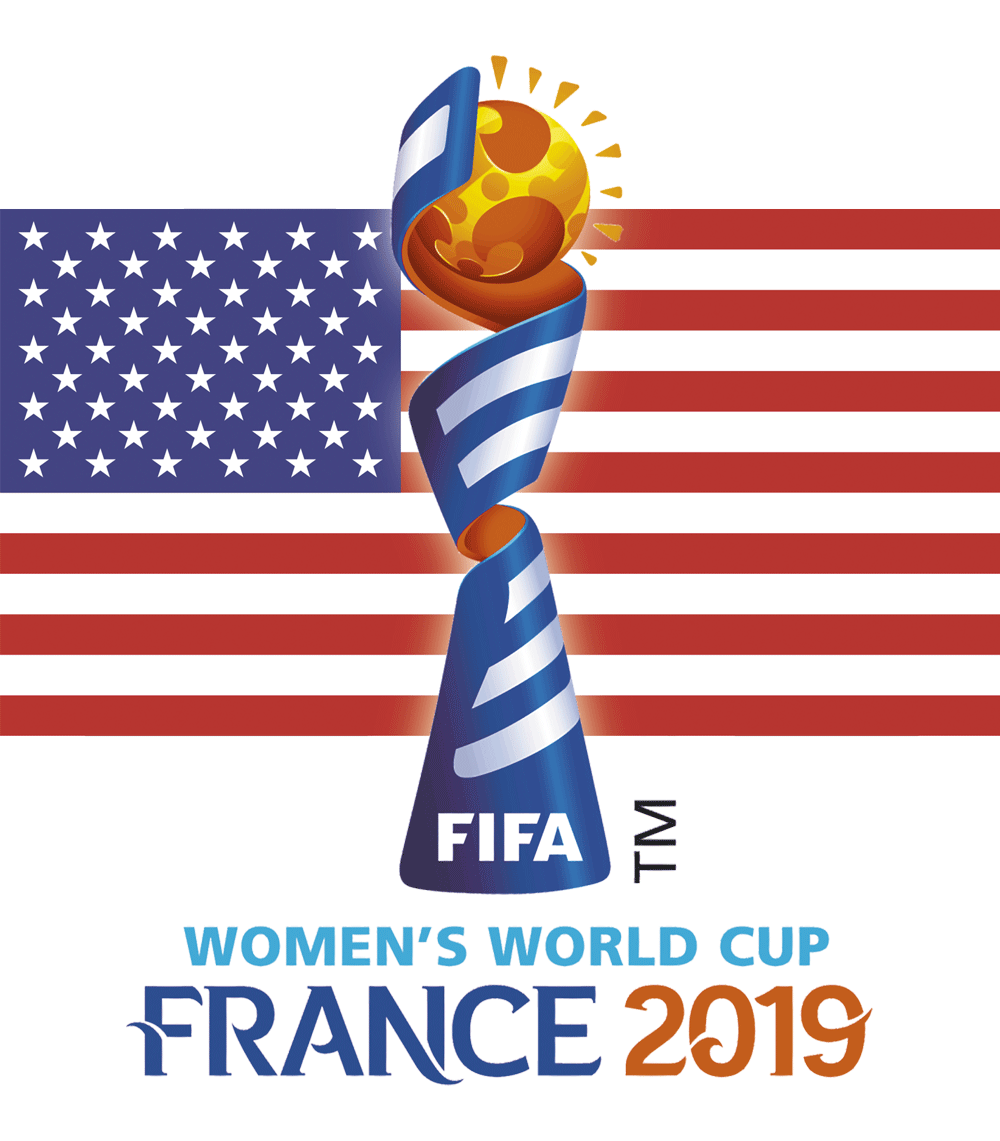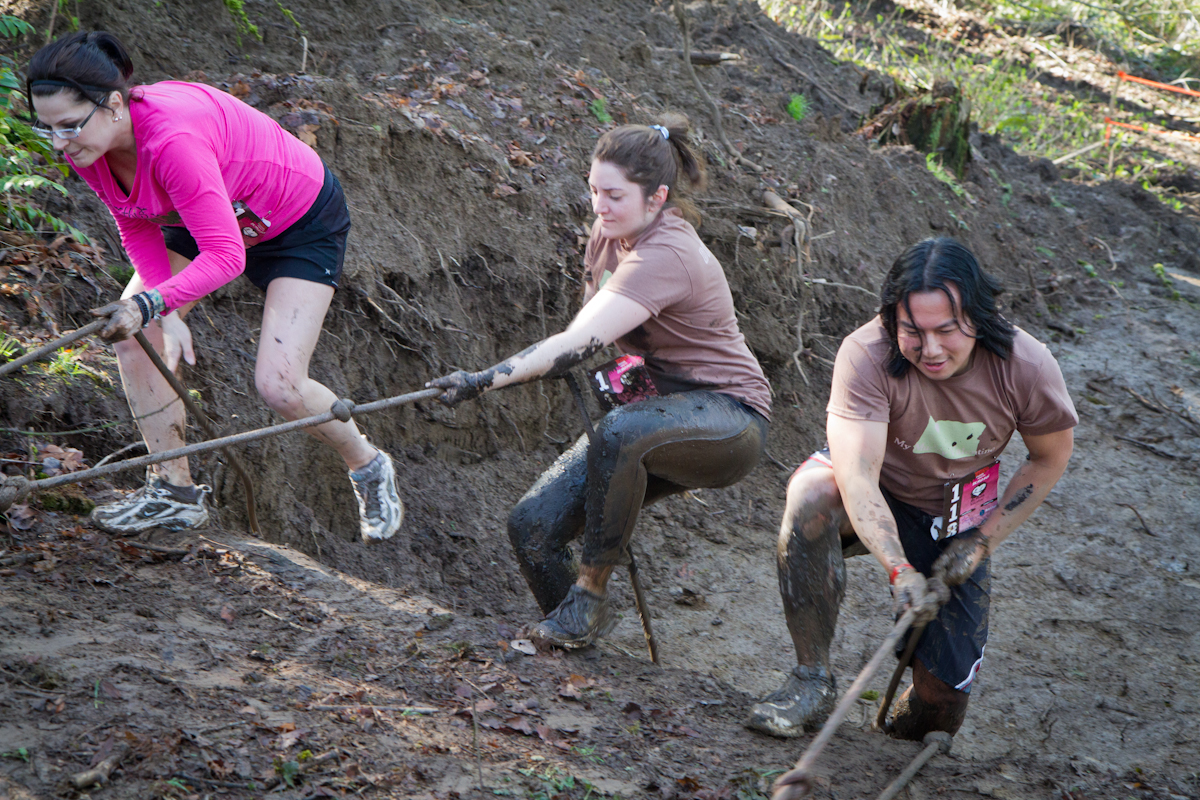Whether you’re a sports fan or a history buff, the Oregon Historical Society’s exhibit, “We Are Rose City! A History of Soccer in Portland,” will peak your interest in the game and how it became a city staple.
Portlanders were first introduced to professional soccer in 1975 by The North American Soccer League (NASL), and the success of the Timbers’ premiere season verged on poetic. The team placed second in the NASL Championship, and nearly quadrupled their fan attendance from 8,000–30,000 in a single year—ultimately leading the press to dub Portland “Soccer City, U.S.A.”
Following a seven-year run, the NASL folded in 1982. The Timbers were briefly revived in 1985 through 1990 during the Western Alliance Challenge Series, before professional soccer left the city for 11 years. Yet Portland became Soccer City once again in 2001 when the Timbers joined the United Soccer League (USL)—and it hasn’t looked back since the team’s Major League Soccer (MLS) debut in 2011.
This year marks the 10th anniversary of the Timbers with the MLS, and while the men’s team may have a more storied legacy, the Thorns’ track record shines brighter. Since their 2013 premiere, the Thorns brought in two National Women’s Soccer League (NWSL) Championships and sent seven of their players to compete in the 2016 Rio Olympics. History and accolades aside, the exhibit brings to life Portland’s one-of-a-kind soccer culture, while highlighting the positive impact the sport has left on the community.
The exhibit itself is split in half, with separate rooms dedicated to the Thorns and Timbers. Murals of photography stretch across each wall, while clusters of MLS scarves hang above like chandeliers. Nostalgic Timbers and Thorns artifacts abound: There’s a Timbers Army helmet of the late Hartmut Bless, old-school apparel from the 1998 Portland Python’s indoor league and a 7” vinyl record of “Green is the Color,” the original Timbers fight song.
“Between the colors, the content and the scarves overhead, I wanted to create a sense of organized chaos that comes with going to a game,” said exhibit curator Morgen Young. “I didn’t want it to be a show about tactics, or the mechanisms of the sport. We were more interested in highlighting the social history of the game.”
The first era of Portland Timbers—which spanned from 1975–1982—were primarily from England. “We were like the Beatles coming to town,” former Timbers player Mick Hoban said. “No one really knew what to think of us, the way we spoke, or the sport. At that time, soccer wasn’t widespread in the city [or America], and it wasn’t something that the majority of people engaged in or had knowledge of.”
Mick Hoban was the first player signed to the Timbers in 1975. Historians have anointed Hoban a “U.S. Soccer Ambassador,” and he was inducted into the Portland Timbers Ring of Honor in 2014. “He epitomizes the type of excellence the Timbers Ring of Honor recognizes,” said team owner Merritt Paulson during Hoban’s induction. “The highest quality on the field and in the Portland community.”
While Hoban wasn’t playing on the field, he served as the team’s Community Relations Director. “In the first three years with the Timbers, we had done over 1,000 community appearances,” said Hoban.
Indeed, in 1975, it wasn’t uncommon for a Timbers player to also coach in the Portland Interscholastic League (PIL), volunteer at the rotary club or hold clinics for local high schools. “Portland was more passionate and connected than other cities in America I’d played for,” Hoban said. “Our great connection with the fans was mostly due to how much work we did in the community.
From then to now, the growth of soccer has been exponential in Portland. It’s a norm now. Soccer is an accepted sport. It’s no longer something that exists in the shadows of other games.”
At the exhibit, fun and flashy displays of technology provide an escape down memory lane. A 3D soccer ball that reaches 10’ in the air sits with its center hexagon lit up like a TV screen, playing game clips from the ‘70s, ‘80s and ‘90s; around the corner is a jumbo television in the shape of a jersey displaying a Thorns slideshow.
Floor-to-ceiling murals that highlight Timbers and Thorns players and historical moments are spread throughout the exhibit. There’s information about the roots of The Timbers Army and Rose City Riveters, the origins of Timber Joey and the valuable role that Portland’s recreational soccer league has played for children and refugees in the area.
“The game is so much more to people [than just a sport],” Young said. “That’s what we’re trying to convey.”
As the only visitor at the exhibit, I looked around at the elegant 30’ high ceilings and plush carpet of the empty foyer. I asked an exhibit employee—who requested to remain anonymous—whether the pandemic had affected attendance.
“It definitely hasn’t been the turnout we wanted,” the employee said, “Attendance is down 78% compared to last year, and it’s all due to COVID.”
Blue and yellow circles across the floor of the exhibit offer friendly reminders to maintain social distance and bottles of hand sanitizer are discreetly placed around each corner.
“We’re only allowing 100 guests at a time, but we probably only average 30 visitors every day,” the exhibit employee adds. “We want people to know that it’s safe to come here.”
“We Are Rose City! A History of Soccer in Portland” debuted on July 24, and will be open through September 26, 2021. Ticket prices range from $5–10, while Multnomah County residents can visit for free.
”When teams come to play Portland they’re not just playing the Thorns,” reads a quote inside the exhibit from world renowned player, Christine Sinclair. “They’re playing the whole city.”






